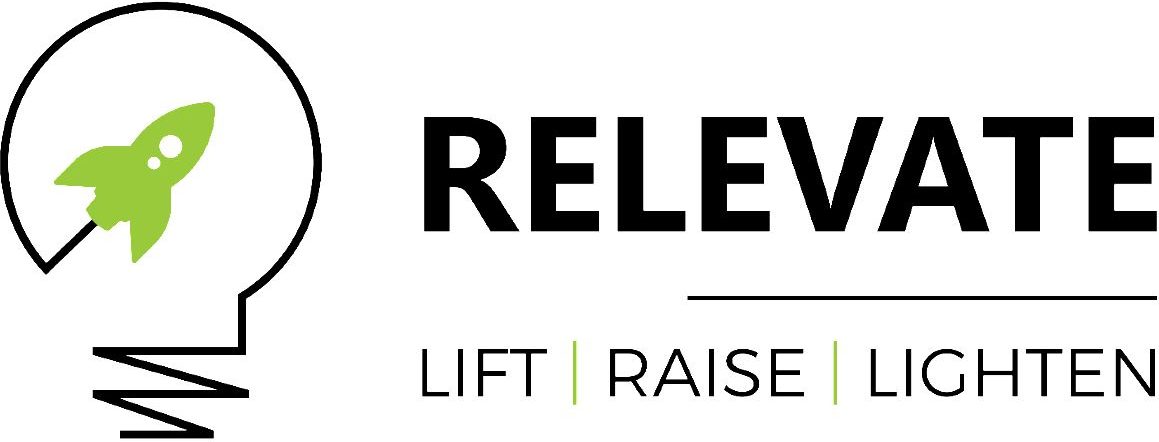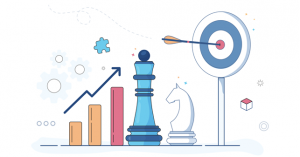Have you ever been in a situation where you thought ‘I have used this piece of tech before, so I will use it again’?
Or your employees have all recommended completely different CRM platforms based on their experiences?
Or different managers are using different project management platforms because they are familiar with it and not because it will provide a capability uplift?
‘I’ve used this before’ is such a simple and innocent thought, but it has its consequences.
Not sure what those consequences are?
Let me tell you an example of what happened to me.
I have used Google Sheets for a while. In one specific example, I used it to manage monthly data reports. I would simply download CSV data from our system reports and complete the following:
Cross check it against a second platform
Make manual updates as appropriate
Create graphs
Refresh the graphs in the Google Slides for management to review
It was an easy process and Google Sheets did the job perfectly.
Simple!
Later in my career, as I started my own business, I wanted to create a social content calendar.
I thought “Google Sheets has worked well for me before, so I will use it again”.
This time, the data was being entered directly into Google Sheets rather than being downloaded from a system. This was the first difference. I wasn’t simply downloading a report into Google Sheets. I was needing to store data.
This is already a very different task to the previous. It should have rung alarm bells. But I continued.
I attempted to store the following data:
Written content
Date it will be posted
Who was in charge of the content
What platforms it will be posted on
What picture was to be attached
Confirmation that it had been posted.
The main purpose of this spreadsheet was to log in each day and see what I needed to post for that particular day.
Later, I added analytics to each content row too. This required that I was able to see past content and update the data.
Can you identify the problems I ran into?
I wanted Google Sheets to be dynamic. I needed multiple users who would see what their tasks were. With the ability to also have a full overview of daily, weekly or monthly content.
So, I start to build equations after equation that just didn’t seem to work overall.
I was trying to filter columns but also group like content together. At the same time, I wanted unrelated content to be hidden without affecting what others saw.
To make things worse, content was spread across tabs. Yep, I was trying to make tabs talk together, dynamically.
Needless to say, it got really confusing and consumed a lot of my time.
At the end of the day I needed a database but I was using a spreadsheet.
Why?
Because I had used a spreadsheet before and it worked well then.
The problem with this is that I assumed because I knew Google Sheets, and it worked so well for me before, that it was the go-to option.
Almost like I was going to save so much time by not having to learn a new platform.
Well, I was wrong!
I wasted so much time in trying to manipulate a platform to do what I needed it. What I wanted it to do was not the intended purpose of the platform. But when you have a hammer everything looks like a nail!
What consequences do you risk with ‘I’ve used this before!
If you have had the same experience as me, there is a lot to risk with choosing the wrong platform.
The obvious risk is that you will end up wasting a lot more time than you expected. Now, the time waster may not be the problem. But, what did you forgo in that time? For example, you could have wasted time in manipulating a platform rather than calling prospective client. Now this has started to cost you money.
If the time doesn’t bother you, consider thinking what you could have done it that time that would have made money in your business.
Time = Money
However, it is not only time and money that is a consequence. You may be left with a system that does not do what you need it to do. Without the important data that you need in your business, how can you analyse what is working and what is not working? How can you make informed decisions without this vital data?
‘I’ve used this before’ might seem like a great idea, but at what cost?
How can you avoid this risk?
In your business, you have trusted employees that may influence the technology decisions you make because they are familiar with it. Not necessarily because it will help achieve business goals.
Of course, you don’t want to limit these suggestions because they can help you. You want to encourage that your employees are using their past experience to make important decisions.
The best way in which you can avoid this risk is to NOT ignore an employee saying ‘I’ve used this before’.
That may be contradictory to above. But rather than ignoring the suggestion, take it as it is … a suggestion!
From this you can then do your thorough research to identify if the technology decision will help you reach business goals. For example, will it help you to collect the right data? Will it help you to track the right information?
In the example above, if I had done this analysis before I started using Google Sheets, I would have realised that Google Sheets was not the option for me.
Rather something like Airtable would have been more useful. Or any type of social media platform such as Zoho Socials.
Final Thoughts
‘I’ve used this before may seem like a harmless statement, but can end up costing you a lot of money. Rather than dismissing the idea, take the suggestions on board. Thoroughly research the suggested technology options to ensure they will help you reach your business goals.
You can save a lot of time and money researching rather than make a decision from familiarity.








